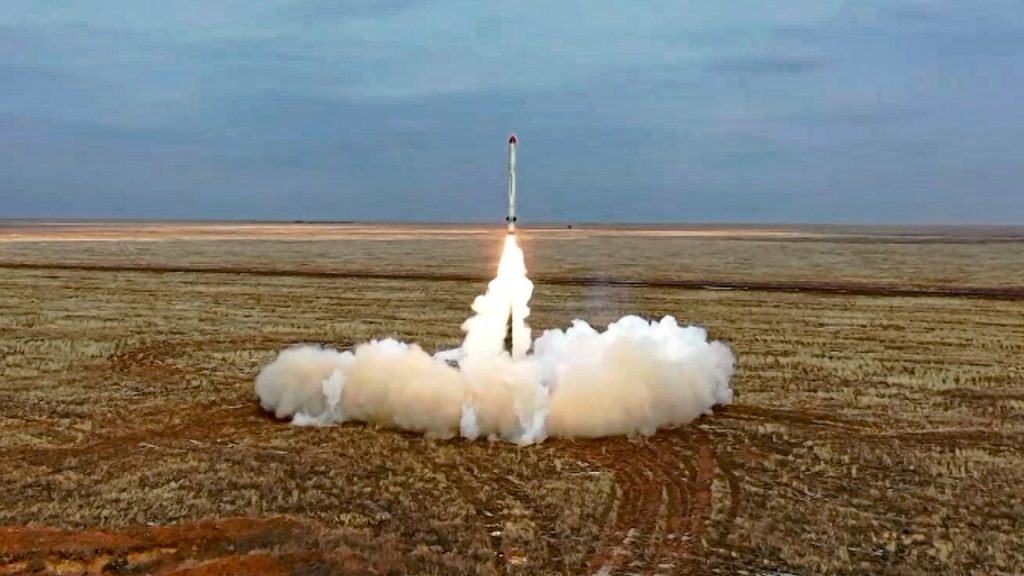Belarus recently launched drills involving missiles and warplanes capable of carrying tactical nuclear weapons with the help of close ally Russia. The exercises were initiated following Russia’s announcement of plans to hold similar drills simulating the use of battlefield nuclear weapons in response to perceived provocations by Western officials relating to the conflict in Ukraine. Belarusian Defense Minister Viktor Khrenin stated that Iskander short-range missiles and Su-25 fighter jets would be participating in the drills, which are being conducted jointly with Russia. Russian President Vladimir Putin, who was inaugurated to a fifth term on the same day, has pledged to uphold the security of Russia amid mounting tensions.
The decision to deploy tactical nuclear weapons in Belarus provides Russia with increased capability to reach potential targets in Ukraine and several NATO allies in Eastern and Central Europe more easily and quickly if the need arises. This move has been interpreted by Moscow as a necessary measure to counter Western threats. Belarusian President Alexander Lukashenko, a staunch ally of Russia, defended the drills as purely defensive in nature and stated that the presence of Russian nuclear weapons aims to deter any potential aggression against Belarus. The opposition leader of Belarus, Sviatlana Tsikhanouskaya, who was forced to leave the country following the 2020 presidential election, criticized the deployment of nuclear weapons in Belarus, claiming it poses a direct threat to the lives and health of European citizens.
The deployment of tactical nuclear weapons to Belarus marks a significant development in the ongoing conflict between Russia, Belarus, and the West, particularly with regards to the situation in Ukraine. Russia has emphasized that the nuclear weapons remain under its military control, and both Putin and Lukashenko have underscored their defensive purpose. The drills involved the delivery of tactical nuclear weapons from storage to military units, where they would be mounted on missiles and attached to warplanes. The missile units practiced covert deployment to firing positions to simulate a response to an attack, reflecting the strategic thinking behind the exercises.
The close military cooperation between Belarus and Russia and the deployment of tactical nuclear weapons in Belarus raise concerns among neighboring countries, particularly NATO members with borders near Belarus. The exercises serve as a demonstration of the military capabilities of the two allied nations and their preparedness to respond to potential threats. With tensions escalating in the region, the presence of nuclear weapons in Belarus adds a new dimension to the security dynamics in Eastern Europe. The drills also come at a time when Ukrainian officials have expressed concerns over a potential broader conflict in the region, prompting heightened vigilance among neighboring countries.
As the drills progress, the international community closely monitors the situation in Belarus and the implications of the deployment of tactical nuclear weapons in the region. The exercises serve as a reminder of the complex geopolitical dynamics at play in Eastern Europe and the strategic calculations being made by Russia and its allies. The involvement of Belarus in hosting the drills and deploying nuclear weapons underscores the country’s close alignment with Russia and the intertwined security interests of the two nations. The response from Western officials, including NATO Secretary General Jens Stoltenberg, to the drills highlights the broader implications of the developments for regional security and stability in Europe.


